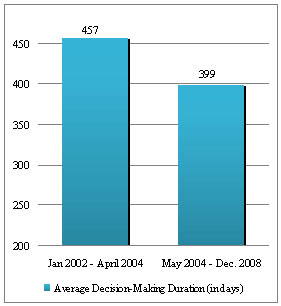 The originality of the Observatory of European Institutions project lies in its methodology. In contrast with most of existing quantitative evidence relating to EU institutions, the OIE not only analyses the dynamics at work within each institution, but also the relationships between them. In addition, it relies on a codification by sector which allows for innovative policy domain analyses.
The originality of the Observatory of European Institutions project lies in its methodology. In contrast with most of existing quantitative evidence relating to EU institutions, the OIE not only analyses the dynamics at work within each institution, but also the relationships between them. In addition, it relies on a codification by sector which allows for innovative policy domain analyses.
The data collection process combines multiple data sources to avoid focusing on only one isolated phase of the legislative process. It consists of identifying available data regarding the activities of EU institutions and actors. Through the highly reliable techniques of the computer engineers at CDSP, data that is not systematically publicized is accessible and benefits the creation and performance of a database.
The database now covers the 2002-2008 period and includes more than fifty fields linked to the legislative activity of the Commission, the European Parliament, and the Council of Ministers.
To avoid any hasty interpretation of the tendencies emerging from quantitative evidence, the analysis of compiled data is pursued within the context of existing academic debates in order to confirm/invalidate certain hypotheses relating to the institutional design and functioning of the Union. This analysis entails the comparison of the data obtained with qualitative analyses both per sector (case studies) and per institution (interviews with EU actors).
